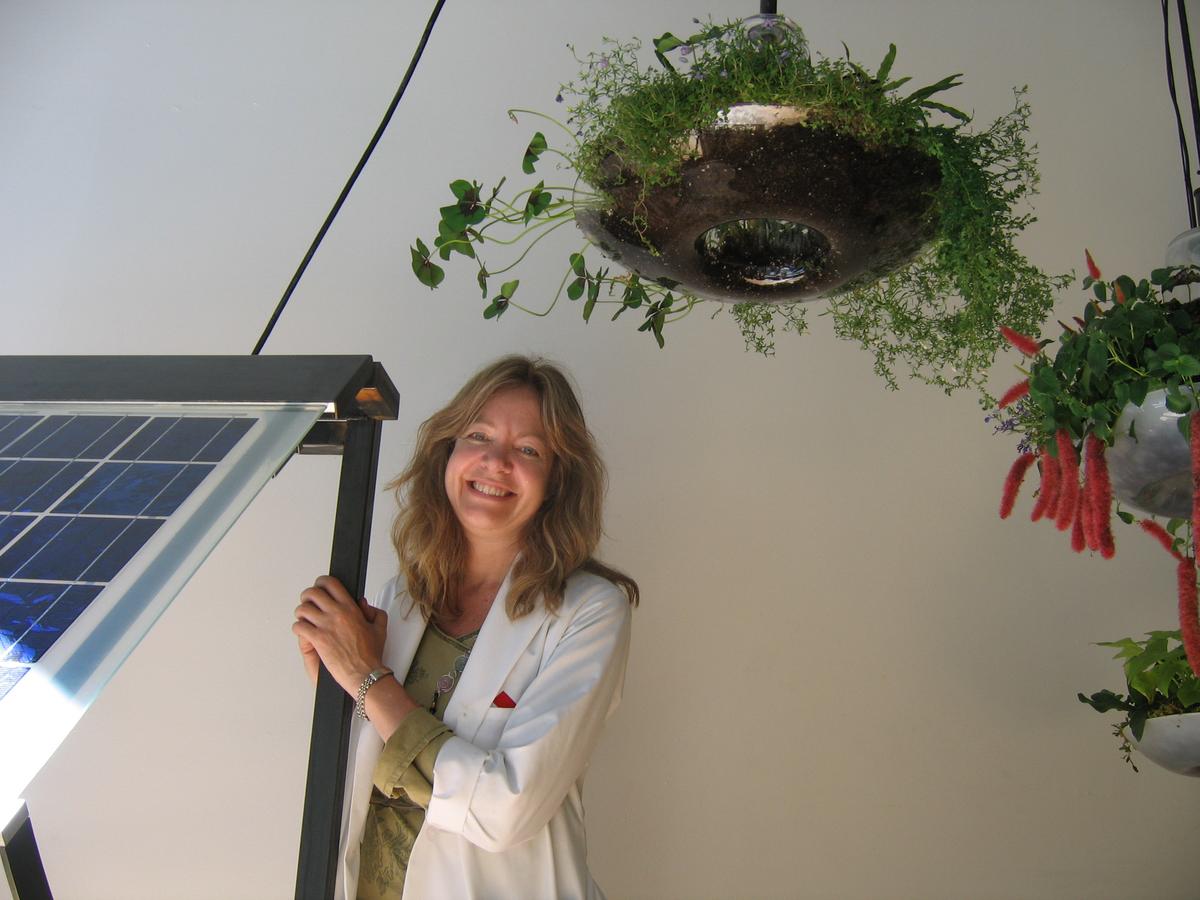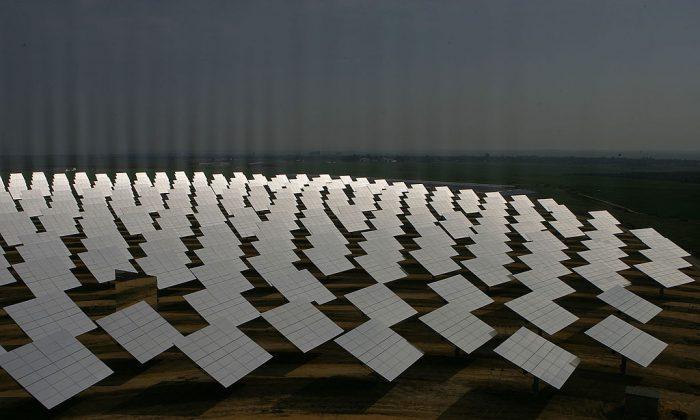Long Island, along with many other locations in the United States, is weighing the benefits of large-scale solar arrays against the negative impacts of cutting down acres of forest to build them.
In 2011, 160 acres of forest were razed to build a solar array near the Brookhaven National Laboratory on Long Island. A new proposal to cut down 350 acres in Shoreham, about 10 miles away, is stirring up the same supporters and detractors.
“Choosing solar over forests anywhere in the world is just plain stupid,” said Dick Amper, of the Long Island Pine Barrens Society (LIPBS). “Solar is very important ... but I’m afraid we’re making false choices when you destroy portions of nature and the environment to accomplish that end.”
Amper voiced the same opinion in relation to the 2011 project. But another local group, the Citizens Campaign for the Environment (CCFE) led by Adrienne Esposito, supported the Brookhaven array.
A 2013 report on that solar array by the U.S. Department of Energy (DOE)—which was a partner in its development—includes community reactions. Amper is quoted as saying his organization “has worked with CCFE for 20 years and has agreed on just about everything, but this project posed the first dramatic rift between our organizations. Though we were always mutually very respectful, Adrienne [Esposito] and I had some challenging phone calls. We ended up agreeing to disagree.”
Some feel the solar energy is worth the sacrifice of trees. Another environmental advocacy group on Long Island, the Sustainability Institute, supports the solar farm proposal. The institute’s director, Neal Lewis, said: “Of all the potential options, there is nothing less impactful on the environment than putting in a solar farm.”
The Shoreham proposal was submitted last month by NextEra Energy and National Grid. It would tap into infrastructure already in place from a decommissioned nuclear power plant. That plant was built in 1984, at a cost of $6 billion, but was shut down by community opposition before it could open.
A NextEra Energy representative said the solar array is still in the proposal stage and that the developers will work closely with the community if the proposal moves ahead.
Cut Down One Tree, Plant Another
The developers would try to mitigate some of the negative impacts of cutting down the trees by planting trees in another location.
In 2011, Amper found similar mitigation agreements were carried through effectively. The developers paid a $2 million mitigation fee, the spending of which was subject to public input. It was ultimately used to purchase land in the Carmans River Watershed for preservation.
Other mitigation factors were built into the 2011 project, including a $75,000 lump sum given to the non-profit organization Long Island Native Plant Initiative, and a non-binding agreement that Brookhaven National Laboratory would preserve 51 acres of its wooded property.
The precise mitigation offers in the recent proposal are not yet clear. The proposal has not yet been released to the public, so Epoch Times could only view a fact sheet distributed by NextEra with limited information. It included the offer to “fund a tree restoration program that will be administered by local stakeholders.”
Among the other benefits listed are the creation of approximately 150 local construction jobs and the generation of up to 72 megawatts of energy, providing power for more than 13,000 homes.
Emanuel J. Carter Jr., an associate professor at the State University of New York’s College of Environmental Science and Forestry specializing in city planning, said he hopes to see careful city planning that will bring solar panels to rooftops instead of razed forests.
“I think that we can, through good community-scale planning, find the appropriate places for solar arrays while still putting as much emphasis as possible on reforestation and all the benefits we get from the urban and the rural forest. It shouldn’t be either-or.”
Economics
The trade-off between the benefits of sustainable energy and the negative impacts of razing swaths of forest has come up multiple times not only on Long Island, but in several other locations around the United States (for example, a plan to cut down 134 acres of forest in Sprague, Connecticut, was recently approved by state officials).

Amelia Amon, a solar designer for Alt Technica in New York, has long been concerned about this trade-off: “It’s not solar panels versus trees, it’s short-term economics versus long-term ecological sense.”
She joined the chorus of those who say solar panels should be placed on roof-tops and over parking lots instead. But, she explained, “the bigger the array, the cheaper it is to install per kilowatt.” Parking lot arrays bring many benefits, including electric vehicle charging, but they are more complex to install and more expensive. Despite the economics, Amon believes the forest should be “sacrosanct.”
Andrew Bell, Ph.D., an assistant professor of environmental studies at New York University, said that large-scale solar farms could help lower the cost of solar panels overall, helping the smaller scale installations in the long-run.
He cited Swanson’s Law, which shows that the price of solar panels tends to drop about 20 percent for every doubling of cumulative shipped volume. Thus, these large scale projects increase the shipped volume, contributing to a drop in price for everyone.
A 2011 study by the Brookhaven National Laboratory, titled “Environmental Impacts From the Installation and Operation of Large-Scale Solar Power Plants,” concluded that cutting down trees for solar arrays is ultimately beneficial.
The study appraised 32 impacts, including human health, plant and animal life, and C02 emissions. “Altogether we find 22 of the considered 32 impacts to be beneficial. Of the remaining 10 impacts, 4 are neutral, and 6 require further research before they can be appraised. ... We rank the impacts in terms of priority, and find all the high-priority impacts to be beneficial.”
Bell said he couldn’t give a definitive opinion on the Shoreham proposal without seeing it in full, but, “In general, it’s probably true that much of the transition to a renewable energy portfolio will include trade-offs such as this, because the greatest renewables potential (solar, wind, waves) doesn’t always lie in the most convenient places, and identifying the most appropriate projects is likely in most cases to be an empirical challenge rather than one of principle.”
He said public engagement will be critical.
The Associated Press contributed to this report.






Friends Read Free